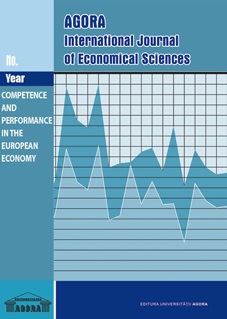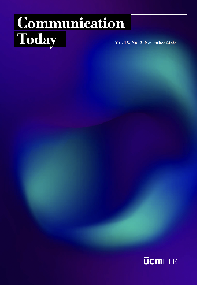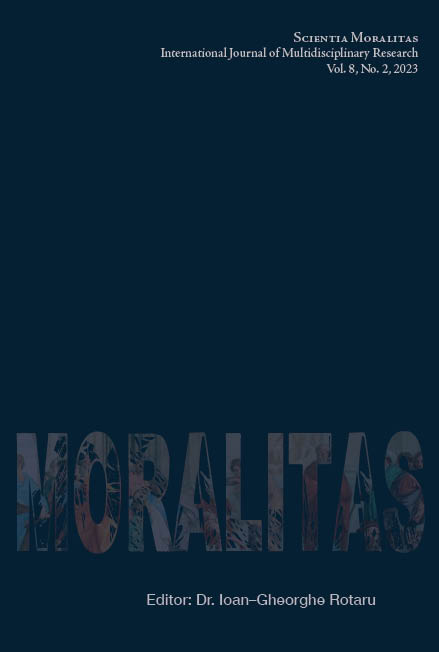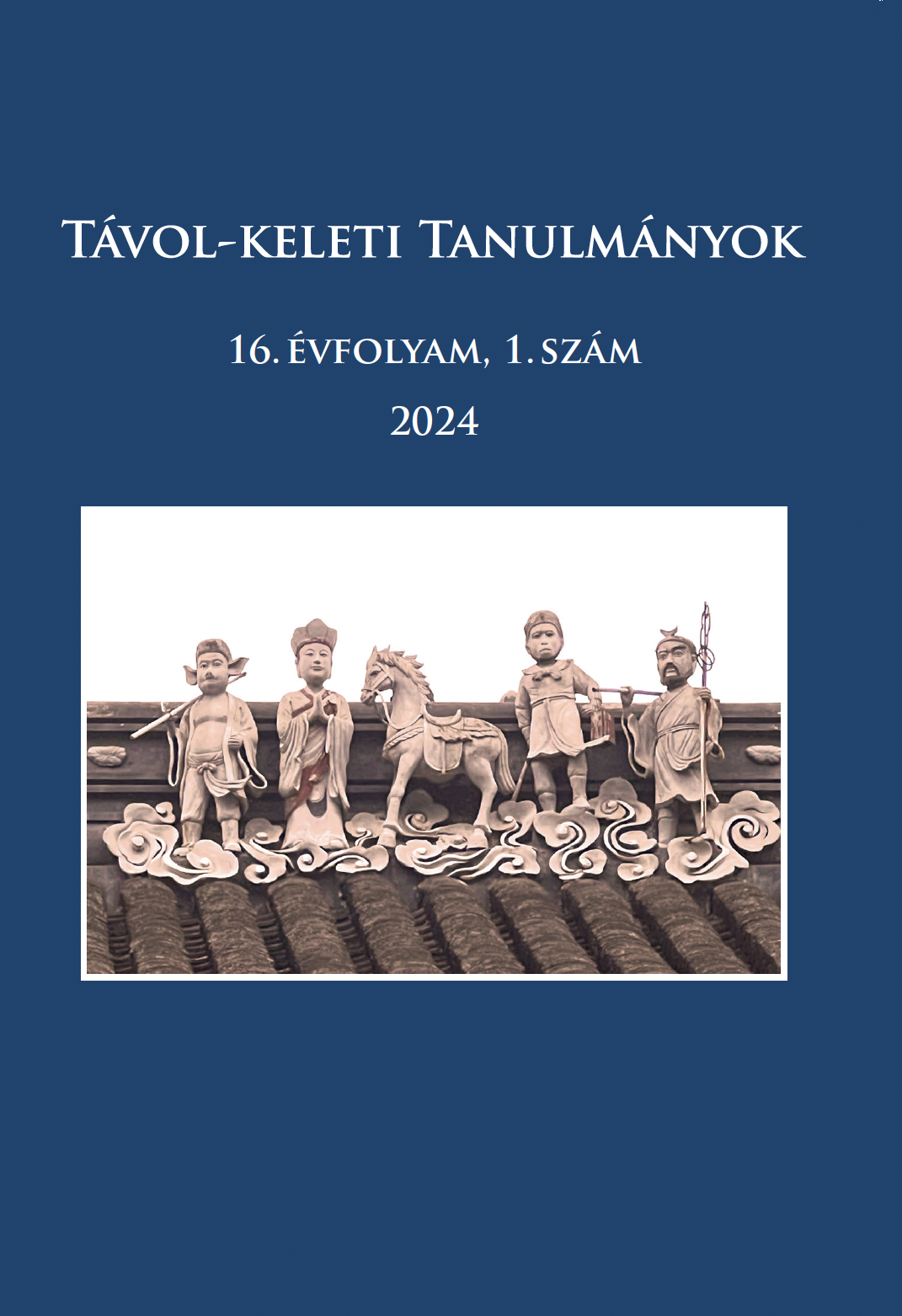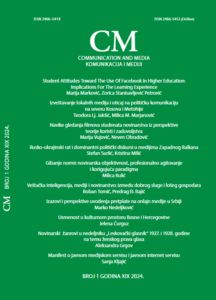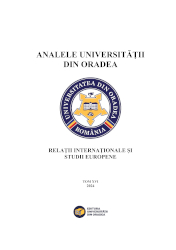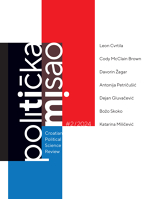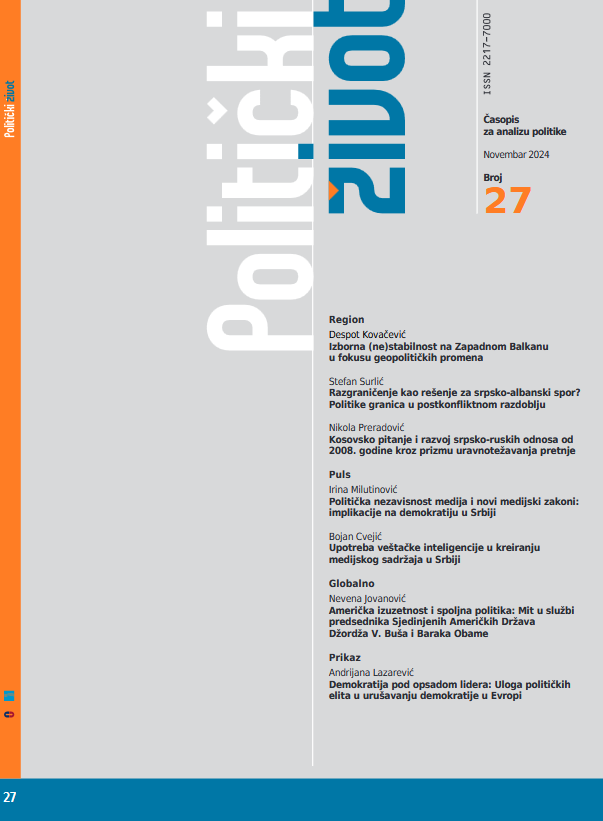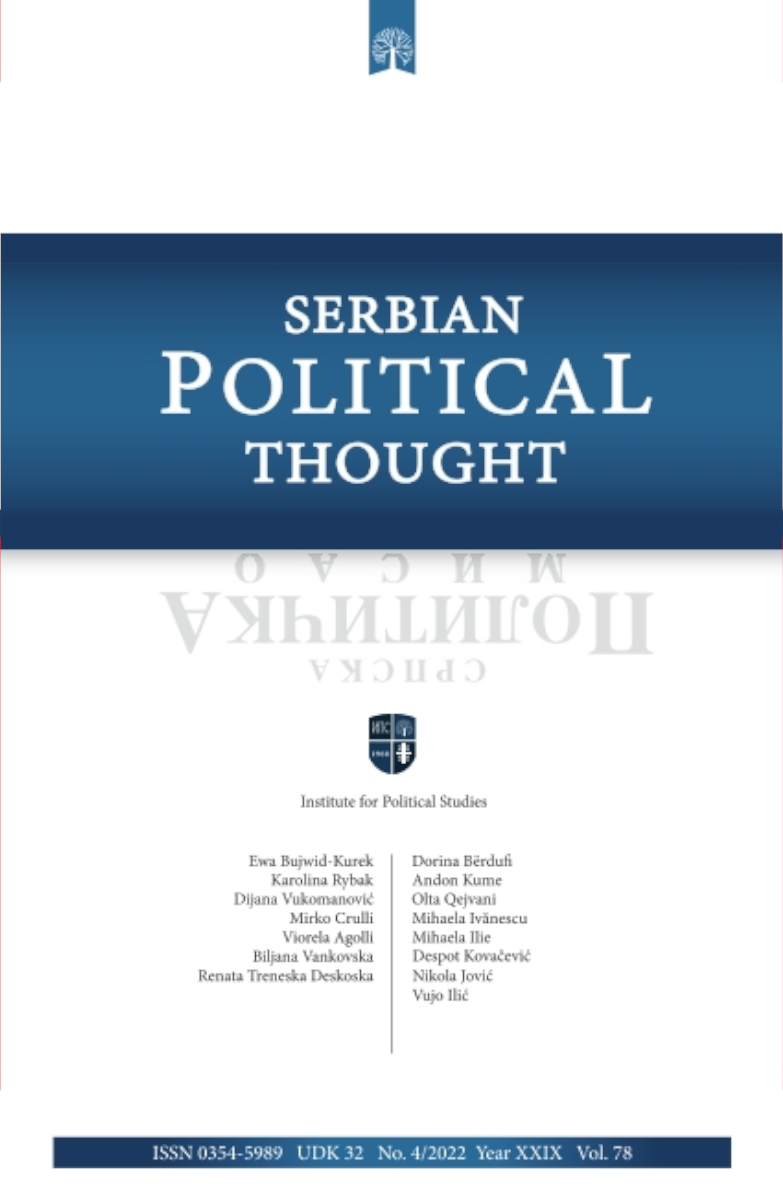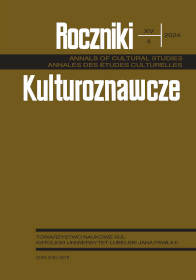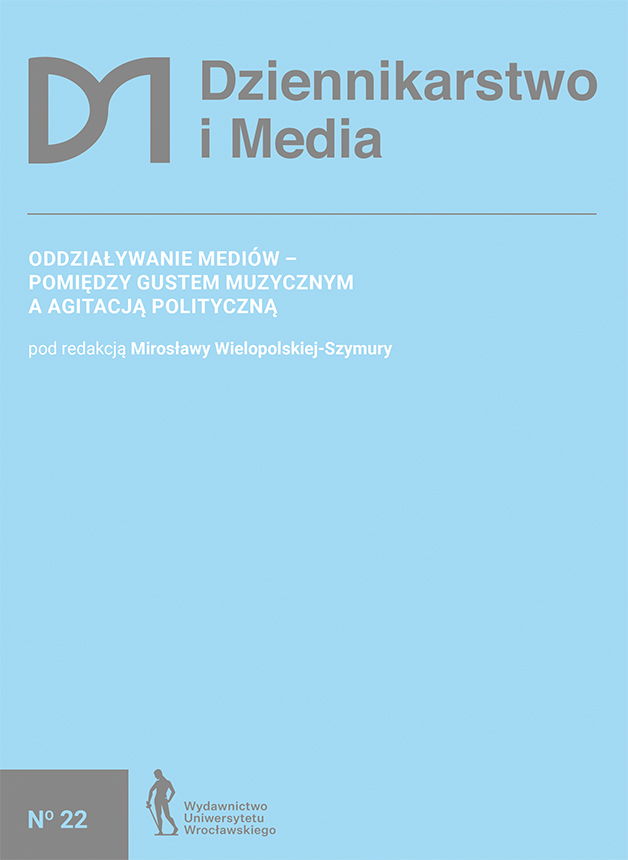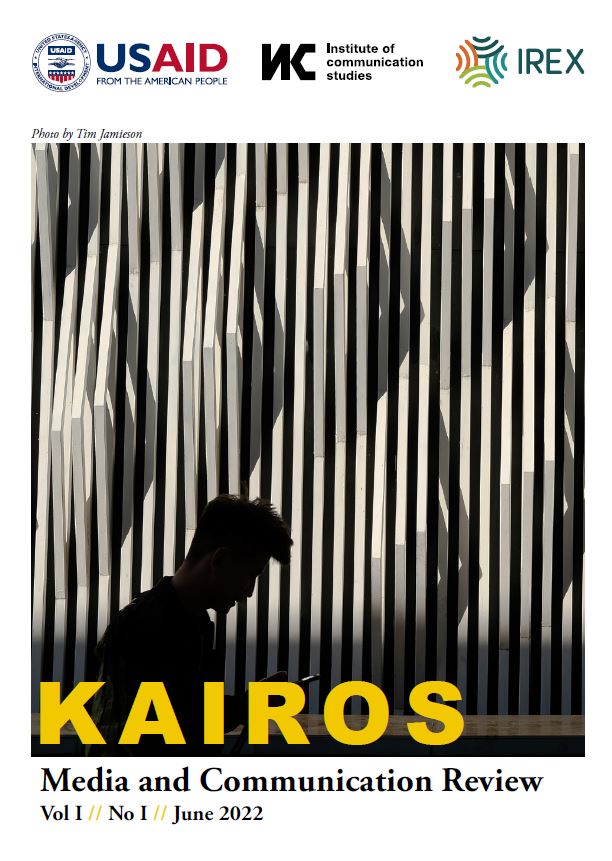
THE NARRATIVE IN DIGITAL SPACE, HATE SPEECH, FAKE NEWS, AND ATTEMPT FOR THEIR ETHICAL CLEANSING
This paper raises the question of the need for “detoxification”, the ethical purification of the narrative in the digital space. The serious penetration of hate speech and fake news in this area becomes a serious ethical problem for any society. The Republic of North Macedonia is no exception to such global communication trends. The paper presents an author analysis of several months of trends in media reporting during the Local Elections in the municipality of Karpos 2013, through data from the big data platform and analysis of hate speech on a homophobic basis in cyber-space during the2021 Pride Parade. Both cases show that fake news and hate speech have a high degree of virulence, with the priority being the truth, then the media that accept such speech, then the general public and especially the young people who are the most frequent consumers of such speech. Research shows that the source of such speech is political discourse, and religion, tradition, ideology, sexual orientation, mental health and other differences are abused for their own purposes. Both cases show that hate speech has a growing trend and that it is more than necessary to act on a purge on several fronts. The first is the introduction of regulation in cyberspace, strictly against hate speech, but with due attention to the right to freedom of speech i.e., caution against hyper-regulation and second, long-term, but also with long-term feeding back is the media literacy that should start from the earliest age i.e., from the moment when the young population first meets and begins to use any kind of communication cyberspace. In the Republic of North Macedonia, some steps have already been taken in the legislation, in the adoption of codes of ethics, partial criminalization of hate speech, as well as in the field of media literacy in a completely rudimentary form.
More...
